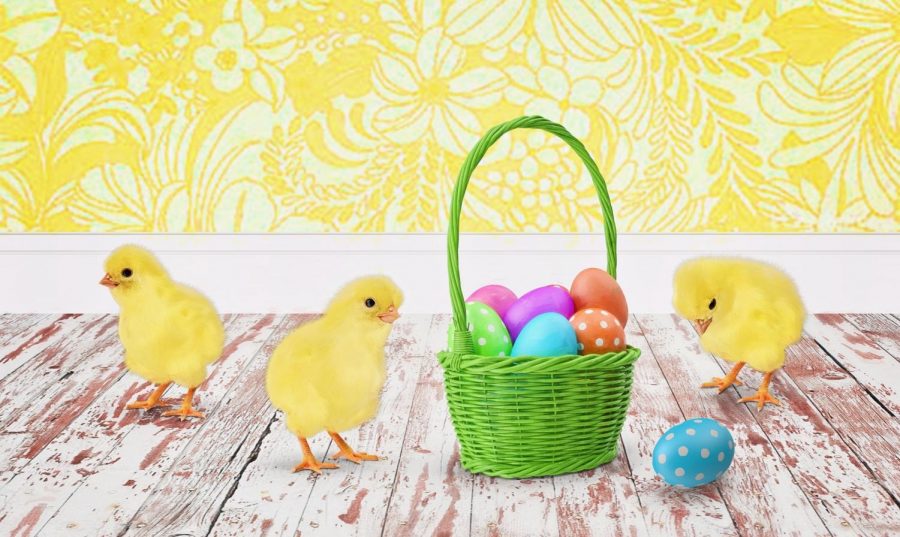Facts on Spring Animals And Insects
April 24, 2019

Picture Credit: Google
Sources: Google
Featured Image Credit: Google
1. Hedgehog
- Hedgehogs have about 5000 spines on their back.
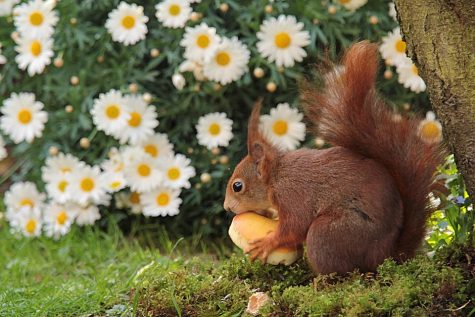
Picture Credit: Google
Sources: Google
2. Squirrel
- They put their big poofy tails to work by using it as a signalling device. They twitch it when uneasy to alert other squirrels of potential danger.

Picture Credit: Google
Sources: Google
3. Chipmunk
A Chipmunks cheek can stretch up to be 3 times larger than its own head.
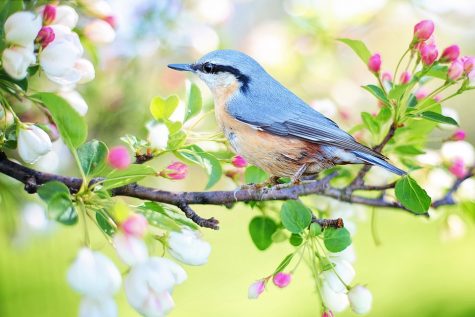
Picture Credit: Google
Sources: Google
4. Blue Jays
- Blue Jays aren’t actually blue. The pigment in their feathers are brown. This is because of the scattering light in the structural parts of the feathers which causes us to see blue coloration.

Picture Credit: Google
Sources: Google
5. Baby Ducklings
- Baby ducklings younger than 10 days old, swim and walk together as a group close to their mother to avoid the attack of other predators.

Picture Credit: Google
Sources: Google
6. Bunnies
- Bunnies eating carrots is just a myth.

Picture Credit: Google
Sources: Google
7. Baby Lambs
- There are over 1 billion sheep in the world.

Picture Credit: Google
Sources: Google
8. Swans
- Swans are highly intelligent and remember who has been kind, and impolite to them.

Picture Credit: Google
Sources: Google
9. Frogs
- Frogs absorb water through their skin, so drinking water for them isn’t a necessity.
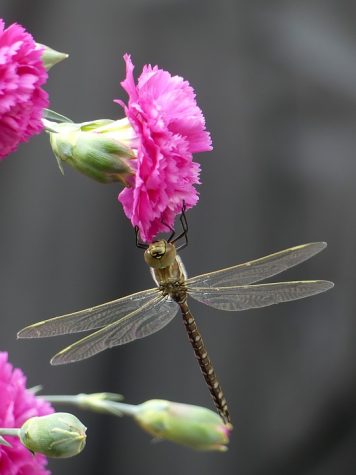
Picture Credit: Google
Sources: Google
10. Dragonflies
- Dragonflies fly not only forward but backwards as well.

Picture Credit: Flickr
Sources: Google
11. Lady bugs
- Lady Bugs got their name from the Virgin Mary.
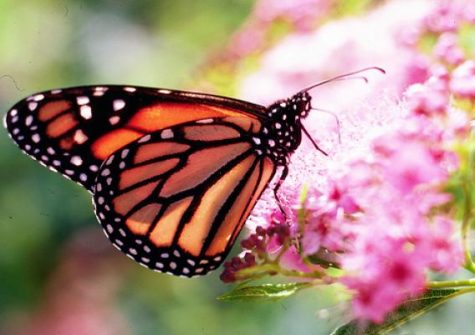
Picture Credit: Google
12. Butterflies
- A butterfly is born when it breaks free from it’s cocoon, where they used to be a caterpillar.
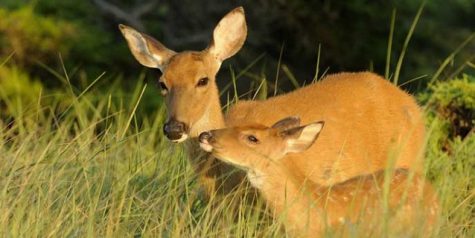
Picture Credit: Google
Sources: Google
13. Deers
- During mating season male deer will often fight with their antlers against another buck to grab the attention of a female doe.

